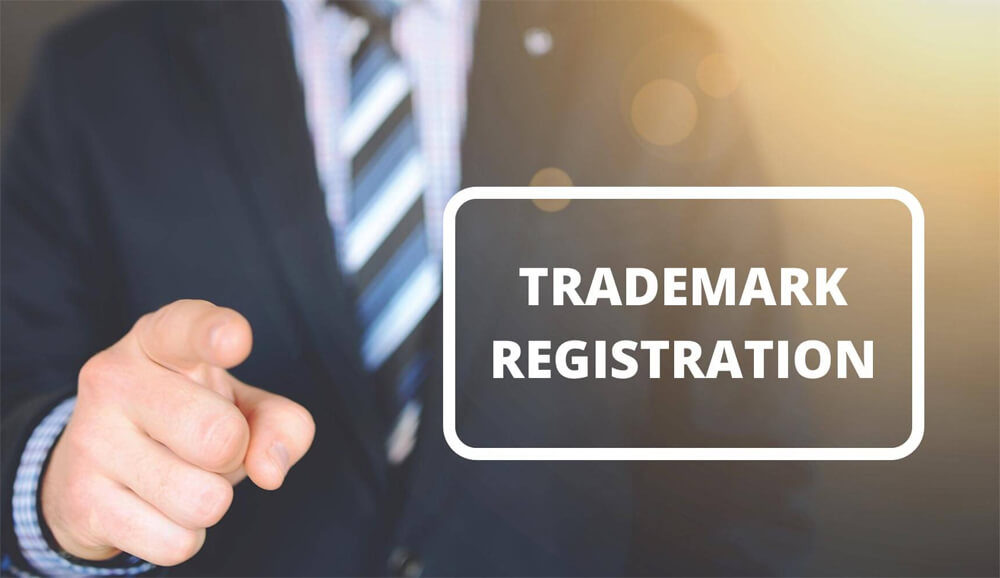Class 1. Chemical used in industry, science, photography, agriculture, horticulture and forestry; unprocessed artificial resins, unprocessed plastics; manures; fire extinguishing compositions; tempering and soldering preparations; chemical substances for preserving foodstuffs; tanning substances; adhesive used in industry
Class 2. Paints, varnishes, lacquers; preservatives against rust and against deterioration of wood; colorants; mordents; raw natural resins; metals in foil and powder form for painters; decorators; printers and artists
Class 3. Bleaching preparations and other substances for laundry use; cleaning; polishing; scouring and abrasive preparations; soaps; perfumery, essential oils, cosmetics, hair lotions, dentifrices
Class 4. Industrial oils and greases; lubricants; dust absorbing, wetting and binding compositions; fuels(including motor spirit) and illuminants; candles, wicks
Class 5. Pharmaceutical, veterinary and sanitary preparations; dietetic substances adapted for medical use, food for babies; plasters, materials for dressings; materials for stopping teeth, dental wax; disinfectants; preparation for destroying vermin; fungicides, herbicides
Class 6. Common metals and their alloys; metal building materials;
transportable buildings of metal; materials of metal for railway tracks; non-electric cables and wires of common metal; ironmongery, small items of metal hardware; pipes and tubes of metal; safes; goods of common metal not included in other classes; ores
Class 7. Machines and machine tools; motors and engines (except for land vehicles); machine coupling and transmission components (except for land vehicles); agricultural implements other than hand-operated; incubators for eggs
Class 8. Hand tools and implements (hand-operated); cutlery; side arms; razors
Class 9. Scientific, nautical, surveying, electric, photographic, cinematographic, optical, weighing, measuring, signalling, checking (supervision), life saving and teaching apparatus and instruments; apparatus for recording, transmission or reproduction of sound or images; magnetic data carriers, recording discs; automatic vending machines and mechanisms for coin-operated apparatus; cash registers, calculating machines, data processing equipment and computers; fire extinguishing apparatus
Class 10. Surgical, medical, dental and veterinary apparatus and instruments, artificial limbs, eyes and teeth; orthopaedic articles; suture materials
Class 11. Apparatus for lighting, heating, steam generating, cooking, refrigerating, drying ventilating, water supply and sanitary purposes
Class 12. Vehicles; apparatus for locomotion by land, air or water
Class 13. Firearms; ammunition and projectiles; explosives; fire works
Class 14. Precious metals and their alloys and goods in precious metals or coated therewith, not included in other classes; jewellery, precious stones; horological and other chronometric instruments
Class 15. Musical instruments
Class 16. Paper, cardboard and goods made from these materials, not included in other classes; printed matter; bookbinding material; photographs; stationery; adhesives for stationery or household purposes; artists' materials; paint brushes; typewriters and office requisites (except furniture); instructional and teaching material (except apparatus); plastic materials for packaging (not included in other classes); playing cards; printers' type; printing blocks
Class 17. Rubber, gutta percha, gum, asbestos, mica and goods made from these materials and not included in other classes; plastics in extruded form for use in manufacture; packing, stopping and insulating materials; flexible pipes, not of metal
Class 18. Leather and imitations of leather, and goods made of these materials and not included in other classes; animal skins, hides, trunks and travelling bags; umbrellas, parasols and walking sticks; whips, harness and saddlery
Class 19. Building materials, (non-metallic), non-metallic rigid pipes for building; asphalt, pitch and bitumen; non-metallic transportable buildings; monuments, not of metal.
Class 20. Furniture, mirrors, picture frames; goods(not included in other classes) of wood, cork, reed, cane, wicker, horn, bone, ivory, whalebone, shell, amber, mother- of-pearl, meerschaum and substitutes for all these materials, or of plastics
Class 21. Household or kitchen utensils and containers(not of precious metal or coated therewith); combs and sponges; brushes(except paints brushes); brush making materials; articles for cleaning purposes; steelwool; unworked or semi-worked glass (except glass used in building); glassware, porcelain and earthenware not included in other classes
Class 22. Ropes, string, nets, tents, awnings, tarpaulins, sails, sacks and bags (not included in other classes) padding and stuffing materials(except of rubber or plastics); raw fibrous textile materials
Class 23. Yarns and threads, for textile use
Class 24. Textiles and textile goods, not included in other classes; bed and table covers.
Class 25. Clothing, footwear, headgear
Class 26. Lace and embroidery, ribbons and braid; buttons, hooks and eyes, pins and needles; artificial flowers
Class 27. Carpets, rugs, mats and matting, linoleum and other materials for covering existing floors; wall hangings(non-textile)
Class 28. Games and playthings, gymnastic and sporting articles not included in other classes; decorations for Christmas trees
Class 29. Meat, fish, poultry and game; meat extracts; preserved, dried and cooked fruits and vegetables; jellies, jams, fruit sauces; eggs, milk and milk products; edible oils and fats
Class 30. Coffee, tea, cocoa, sugar, rice, tapioca, sago, artificial coffee; flour and preparations made from cereals, bread, pastry and confectionery, ices; honey, treacle; yeast, baking powder; salt, mustard; vinegar, sauces, (condiments); spices; ice
Class 31. Agricultural, horticultural and forestry products and grains not included in other classes; live animals; fresh fruits and vegetables; seeds, natural plants and flowers; foodstuffs for animals, malt
Class 32. Beers, mineral and aerated waters, and other non-alcoholic drinks; fruit drinks and fruit juices; syrups and other preparations for making beverages
Class 33. Alcoholic beverages(except beers)
Class 34. Tobacco, smokers' articles, matches
SERVICES
Class 35. Advertising, business management, business administration, office functions.
Class 36. Insurance, financial affairs; monetary affairs; real estate affairs.
Class 37. Building construction; repair; installation services.
Class 38. Telecommunications.
Class 39. Transport; packaging and storage of goods; travel arrangement.
Class 40. Treatment of materials.
Class 41. Education; providing of training; entertainment; sporting and cultural activities.
Class 42. Scientific and technological services and research and design relating thereto; industrial analysis and research services; design and development of computer hardware and software.
Class 43. Services for providing food and drink; temporary accommodation.
Class 44. Medical services, veterinary services, hygienic and beauty care for human beings or animals; agriculture, horticulture and forestry services.
Class 45. Legal services; security services for the protection of property and individuals; personal and social services rendered by others to meet the needs of individuals.

